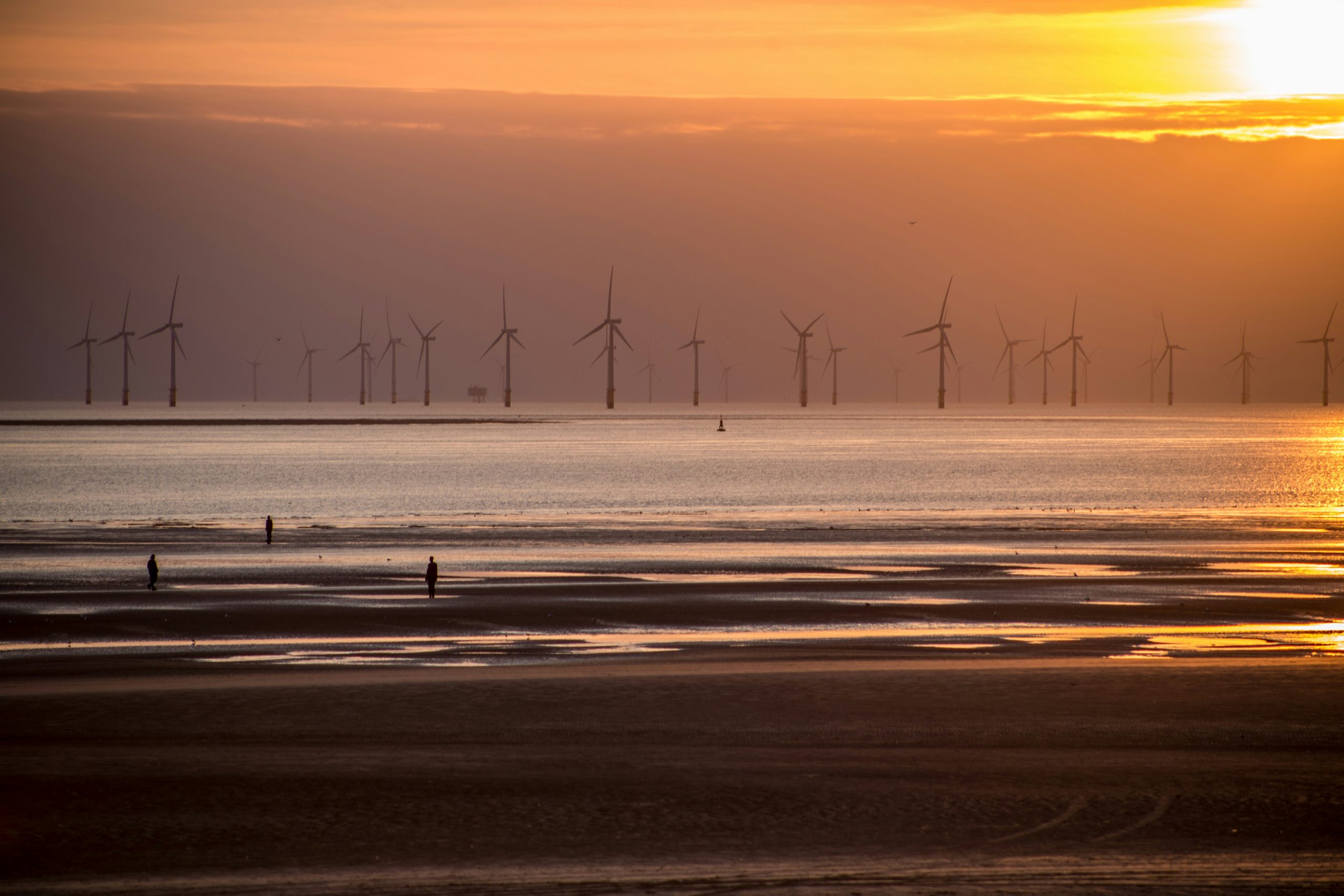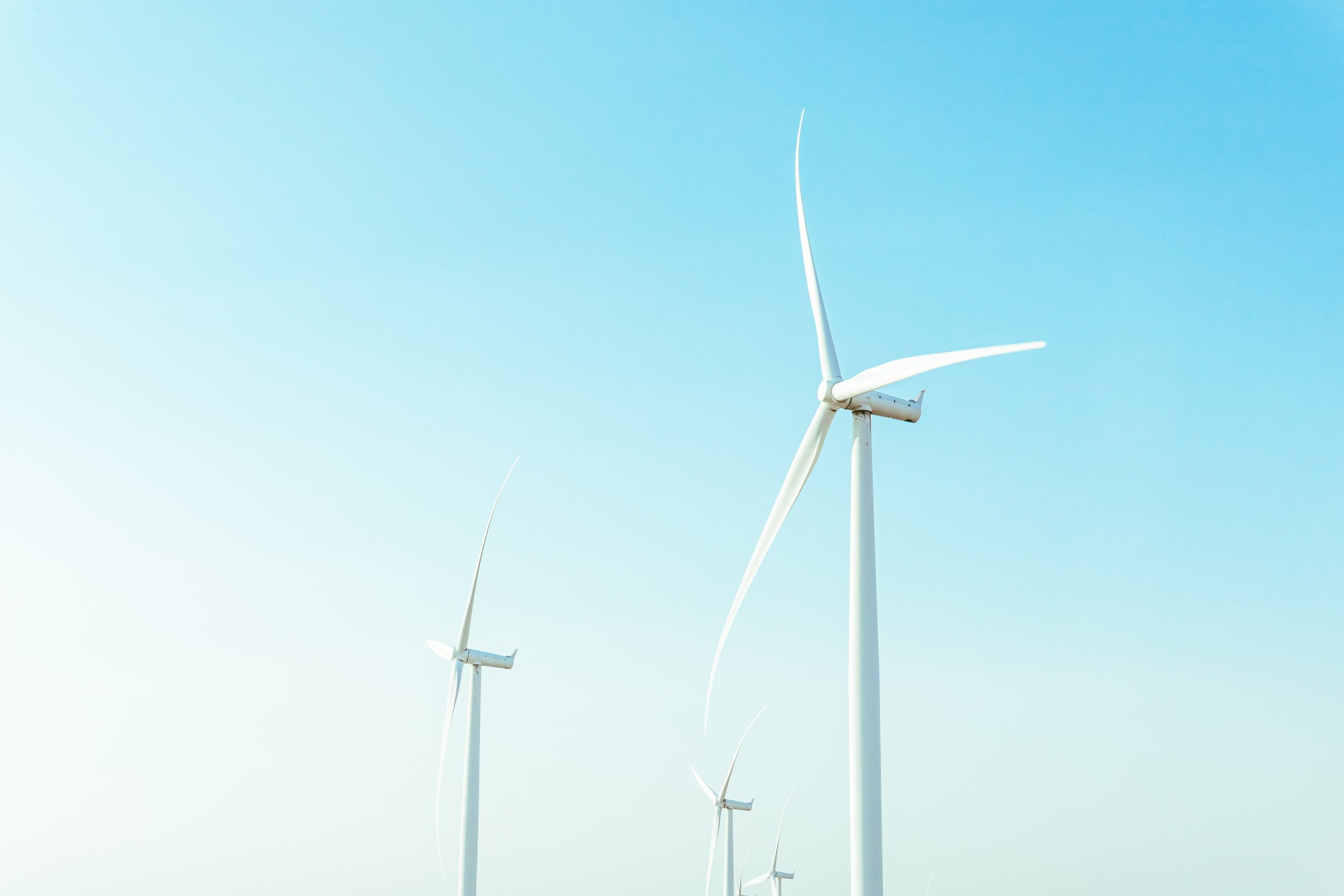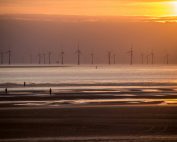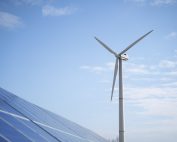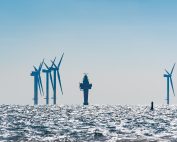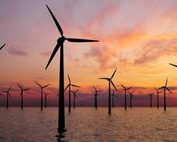Decarbonising the energy sector and fighting climate change is perhaps the greatest challenge humanity has faced. Technologies, including wind energy, are to help reduce carbon dioxide (CO2) emissions. The roadmap for the energy sector to climate neutrality until 2050 was presented by the International Energy Agency.
While more and more countries declare the goal of achieving total emission reductions in electricity production, it turns out that the proposed strategies are not sufficient to achieve climate neutrality until 2050.
The International Energy Agency has presented the world’s first comprehensive study that illustrates how to complete the energy transition while ensuring a stable and low-price energy supply. It must not be forgotten that electricity is the fuel of the 21st century, therefore high electricity prices could negatively affect national economies.
The annual increase in offshore wind capacity will reach 70 GW in 2050.
The roadmap identifies over 400 milestones, including the dynamic development of onshore and offshore wind energy. It assumes annual increases in global wind energy at the level of 390 GW until 2030, and at the level of 350 in 2050. Offshore wind energy will play an important role. The report indicates that in 2020 the annual increase in offshore wind energy sector amounted to 5 GW. In 2030, it should amount to 80 GW, and in 2050 – 70 GW. The authors of the MEA report explain that offshore wind technologies have matured quickly in recent years. Their implementation is to accelerate in the near future. The industry currently focuses on fixed platforms, but it will be floating offshore wind energy sector that will play
a significant role from around 2030 – releasing significant offshore energy potential worldwide.
Photovoltaics and wind energy – synergy of the future
While hydropower is the leading source of renewable energy, the development of wind and solar energy will triple the production from renewable energy sources until 2030 and increase it 8 times until 2050. In total, within 30 years, the installed capacity in wind energy is to increase 11 times (compared to the present day).
In the assumed vision of energy in 2050, wind energy and photovoltaics cover 70 percent of energy demand, with all renewable energy sources – 90 percent. Most of the rest is provided by nuclear energy. In the scenarios presented by the IPCC, the share of wind and sun in production varies between 15-80 percent with a median of 50 percent.
The oil and gas industry can play a key role in the development of offshore wind energy (along with CCUS – carbon capture, utilization and storage, hydrogen and biofuels). The companies have great engineering capabilities and skills in managing energy projects.
Decisions on how to scale up hydrogen production are also needed. Industrial ports that will provide access to green hydrogen, the production of which will be supported, among others, by offshore wind farms, will turn out to be important.
Raw materials, stability, cybersecurity
The International Energy Agency also notes that the development of renewable energy sources raises many challenges in the area of energy security. RES remain weather dependent and dependence on key raw materials is growing. Demand for rare earth metals, mainly used in electric car engines and wind turbines, will increase tenfold until 2030. Cybercrime threats are not without significance. These elements may hinder the energy transition until 2050. The International Energy Agency Executive Director Dr. Faith Birol pointed out that states must provide solutions that reward flexibility and guarantee a stable energy supply. New international mechanisms are necessary to ensure timely deliveries and sustainable production of components for renewable energy sources.
Source: IEA


